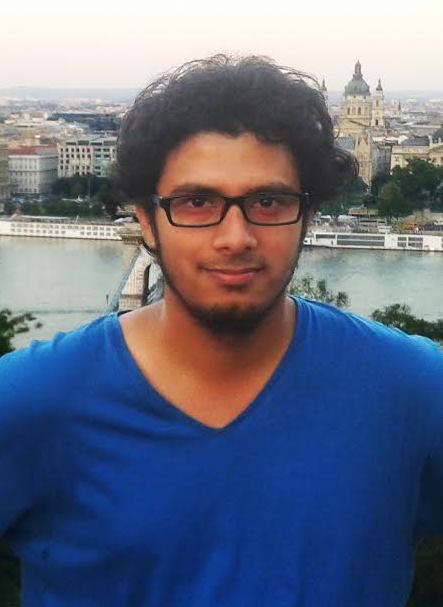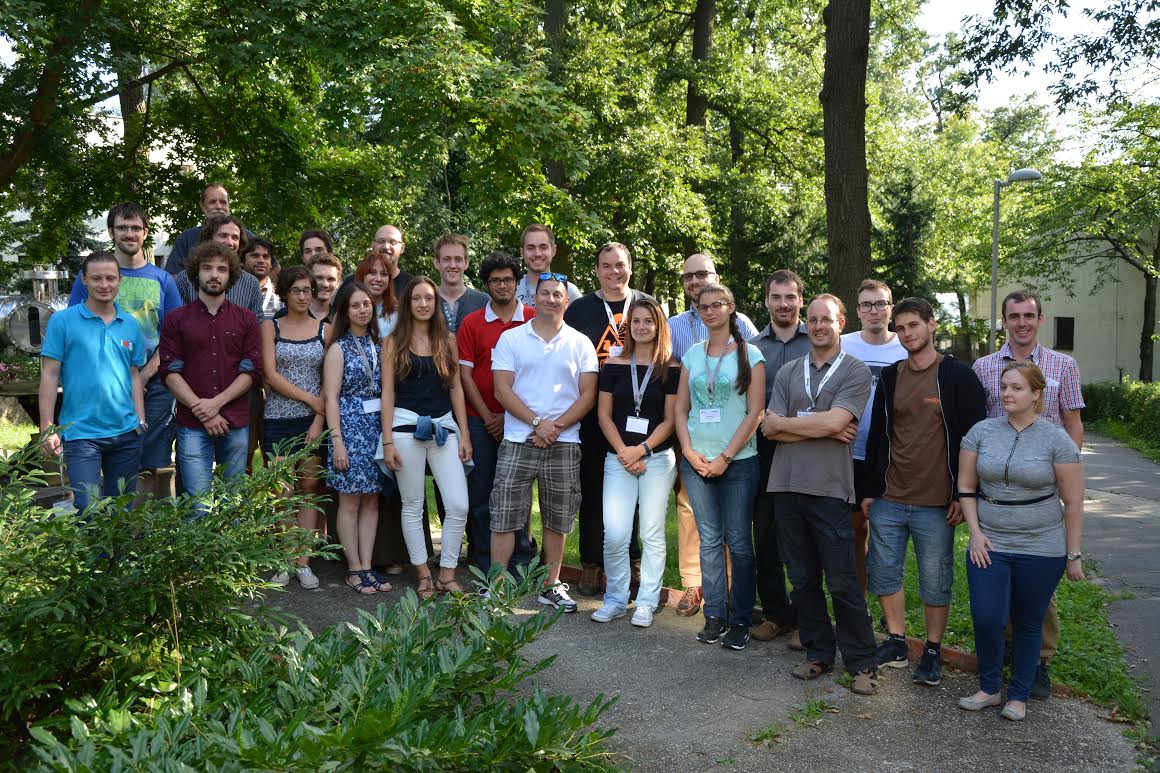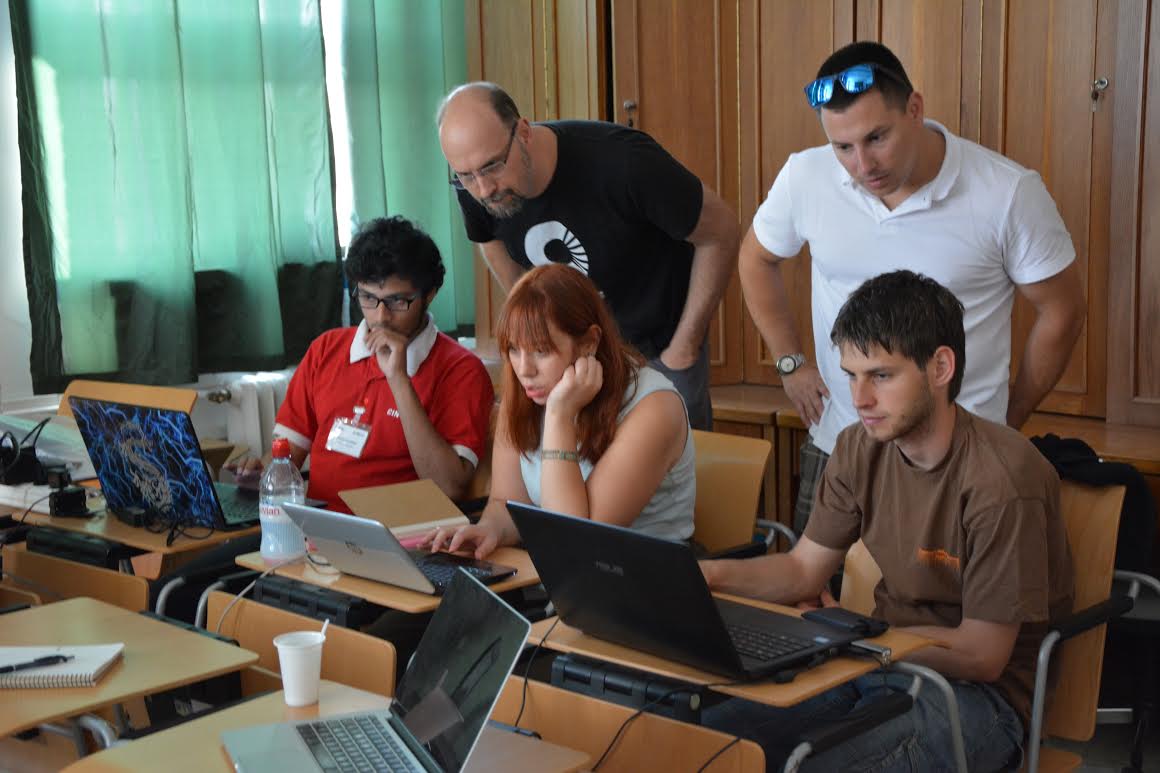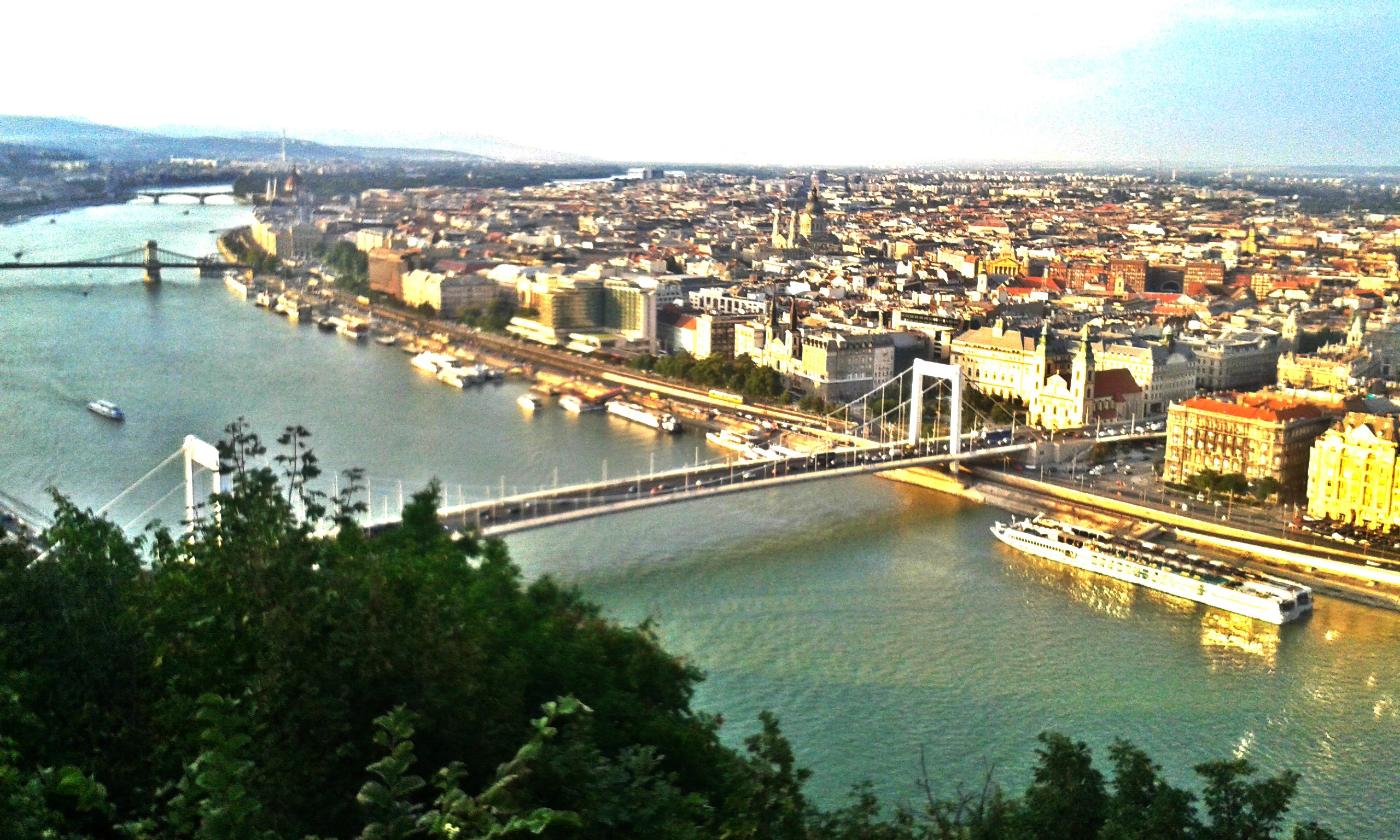Beam Emission Spectroscopy Summer School in Budapest, Hungary.
Reported by Sundaresan Sridhar. Powered by FuseNet.
 Hello everyone, I am an Erasmus Mundus student in Nuclear Fusion Science and Engineering Physics from the University of Ghent, Belgium. From the 29th of August to the 2nd of September, I attended the Beam Emission Spectroscopy summer school, which was organized by the Institute of Nuclear Techniques (NTI) of the Budapest University of Technology and Economics (BME) and the Wigner Research Center for Physics of the Hungarian Academy of Sciences. Together with me, students and researchers from lots of different countries, each being in a different stage of their study or research project, attended the event, resulting in a nice and very varied group of participants. I would like to thank FuseNet for their support, which allowed me to be part of this group.
Hello everyone, I am an Erasmus Mundus student in Nuclear Fusion Science and Engineering Physics from the University of Ghent, Belgium. From the 29th of August to the 2nd of September, I attended the Beam Emission Spectroscopy summer school, which was organized by the Institute of Nuclear Techniques (NTI) of the Budapest University of Technology and Economics (BME) and the Wigner Research Center for Physics of the Hungarian Academy of Sciences. Together with me, students and researchers from lots of different countries, each being in a different stage of their study or research project, attended the event, resulting in a nice and very varied group of participants. I would like to thank FuseNet for their support, which allowed me to be part of this group.
| Beam Emission Spectroscopy is a diagnostic technique that relies on the light that is emitted from the neutral particle beams that are injected into the plasma for heating or diagnostic puproses. Inside the plasma, the neutral beam particles collide with plasma particles, as a consequence of which they get excited and are able to emit light. The intensity variations of the light emission reflect the local density fluctuations, from which plasma turbulence can be measured. |
Lectures, workshops, a campfire evening and much more!
During the first two days of the summer school, lectures on Beam Emission Spectroscopy diagnostics were given by the active researchers of the organising institutes. On the third day, a visit to the Nuclear Fusion department of the Wigner Research Center for Physics was arranged. During our visit, the current state of the research projects was presented, giving us a great insight in the way that BES is used in various tokamaks all around the world. The excursion was followed by a guest lecture and a nice conference dinner, while an informal campfire in the evening, allowed us to socialise and form inter-cultural fusion friendships.

Intercultural fusion friendships were formed.
The fourth day of the summer school was all about data-analysis using FLIPP, a wavelet tool developed in IDL (interactive data language). Our group analysed the data from the COMPASS-tokamak in Prague, while the other three groups of participants worked on KSTAR-, MAST- and TEXTOR-data. The exercises provided us with quite some working experience and subject knowledge in the field of data-analysis, especially since we worked together with the developers of FLIPP and some of the researchers of the institute. Furthermore, we also had the chance to improved our presentation and defense skills, because the obtained results had to be presented during the final day of the summer school.

Analyzing BES data with FLIPP waveloot tool.
Beautiful Budapest
The summer school took place in the vibrant city of Budapest, which has lots of beautifully architectured buildings, such as the Hungarian Parliament building, St. Stephen's Basilica, Mathias Church, the Chain Bridge and several other gorgeous monuments. It is a treat to watch these in combination with the Danube river that flows through the city, from the top of the hill that overlooks the city and also accommodates Buda Castle.
It was great!
The summer school was well organized and great from an educational point of view. The organisation provided us with a very good accommodation in a peaceful environment, even though it was situated right in the city center and only a walking distance away from the lecture hall. Furthermore, they arranged a lunch in a cruise restaurant, drinks arrangements, the conference dinner and several social events. It was great!
I would like to thank FuseNet once again for their financial support, as I strongly believe that getting encouraged is the first step in order to achieve success.

Budapest and the Danube river.
